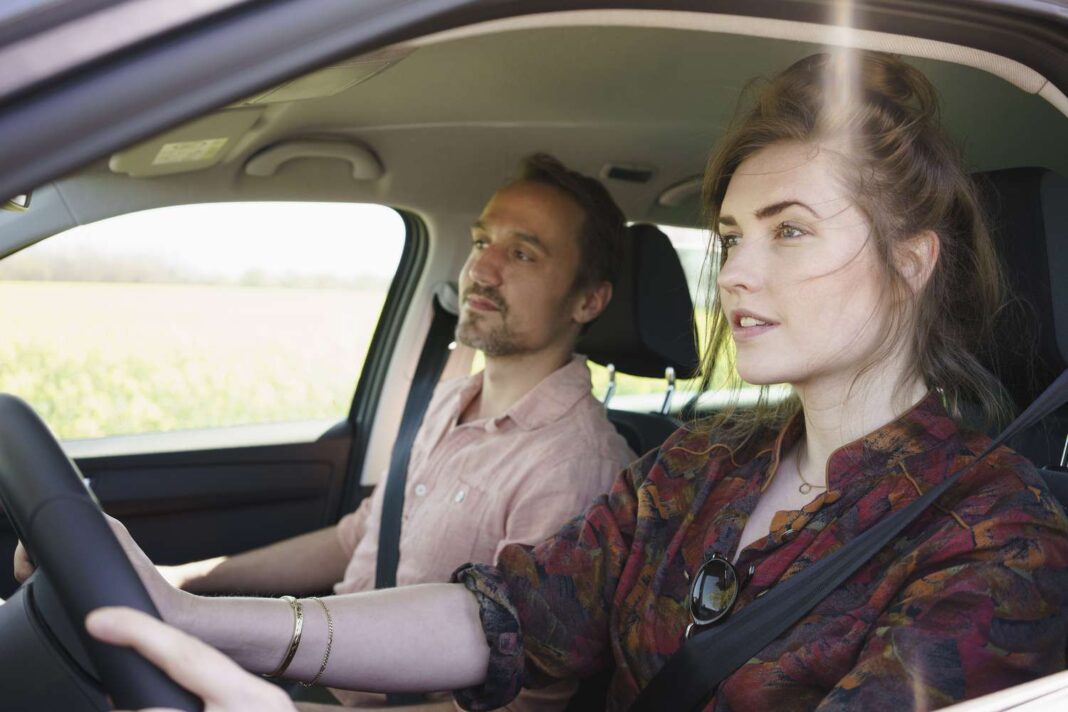Borrowing another person’s car might not seem like a huge issue. However, if you get into an accident, someone’s auto insurance rates are likely to increase. The question is: will it be their rates or yours?
Does car insurance follow the car or the driver?
In most cases, car insurance covers the car rather than the driver. But what does this mean?
Assume your friend borrows your Hyundai Accent and causes an at-fault accident. Assuming you have collision insurance for the Accent, the damage is likely to be covered. However, because your insurer would be paying the bill, your insurance rates would likely rise, not your friend’s.
However, if you decide to drive your grandmother’s Toyota Corolla and get into an accident, your Accent insurance is unlikely to pay out. Instead, your grandmother’s car insurance would pay any Corolla repairs. And this time, your grandmother’s insurance costs are likely to rise while you are not liable.
However, like most norms, there are exceptions.
Whether or not someone’s car insurance follows the car or the driver eventually depends on various things, including:
- State.
- Insurer.
- Names on auto insurance policy.
- Whether the owner specifically authorized the borrower to drive the vehicle.
Make sure to read your policy thoroughly and speak with your agent about your individual situation.
Times when car insurance follows the car
In general, car insurance covers you while you drive your own vehicle.
Your coverage will normally cover someone else driving your car if they meet any of the following requirements:
- The individual is named on your auto insurance policy.
- You have granted them permissive usage, or particular authorization, to use your vehicle. (This can occur with or without your presence in the car.)
However, the amount of coverage that a person driving your car receives varies by insurance and state.
If someone else drives your car, your coverage will not cover them.
- You have specifically excluded them from your policy. You may want to do this if you are concerned that a reckless driver may borrow your car and cause an accident.
- Your friend has taken your car without your consent. Keep in mind that if your friend does not have car insurance, your policy may still cover the damage.
- You’re lending your car through a paid car-sharing service like Turo.
Times when car insurance follows the driver
Although your car insurance normally covers the car rather than the driver, there is one important exception: if you hire a car for personal use. This means that if you have insurance on your own car, you are often not required to purchase additional coverage from the rental business, despite sales pressure. Your car insurance will cover the rental.
If your personal insurance just covers liability, you might consider purchasing supplementary coverage that will pay for rental car damage if you are at fault in an accident.
Primary insurance vs. secondary insurance
In some cases, both your insurance and the insurance of the person driving your vehicle may be applicable. This may happen if a friend damages your car and the damage exceeds your insurance coverage. In this situation, your policy would serve as primary insurance, or the insurer who pays first, up to your coverage limitations. Your friend’s insurance is secondary and would cover the rest of the damage.
Alternatively, your insurer may pay for any first damage and then request that your friend’s insurer repay the cost.
In either case, your and your friend’s insurance prices would most certainly rise.


